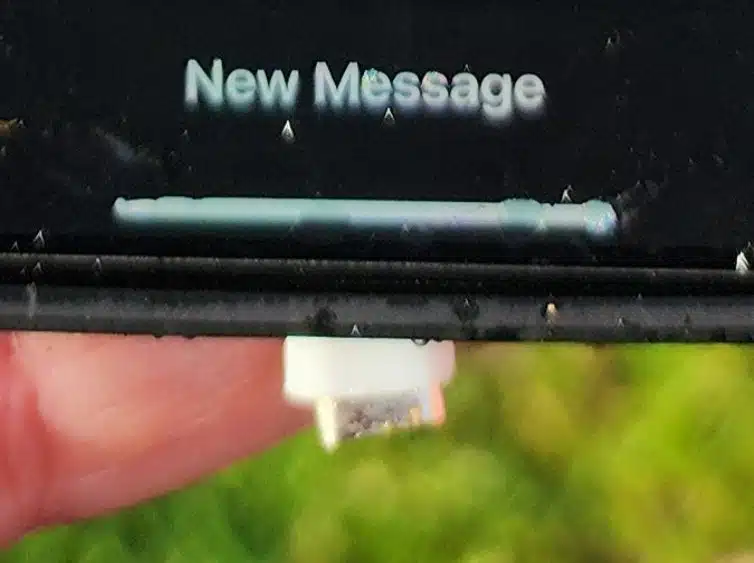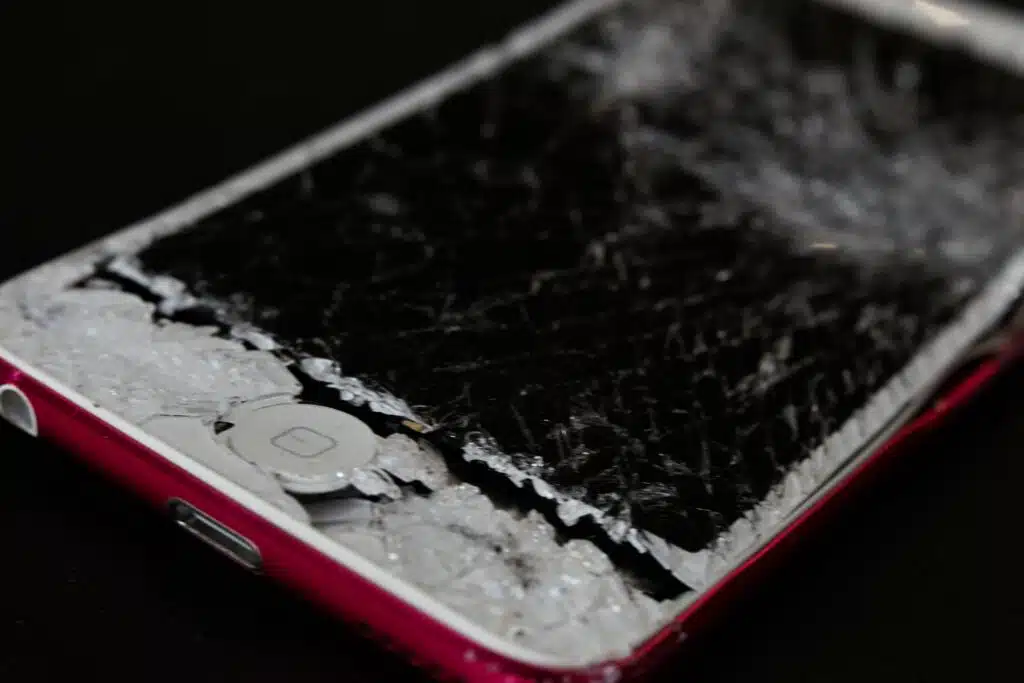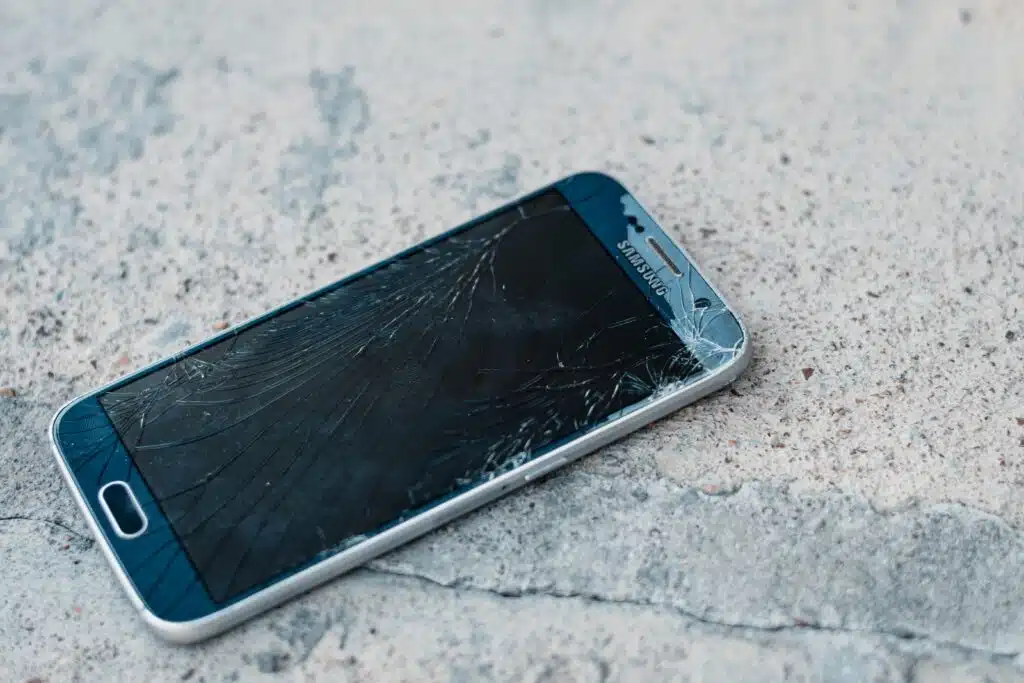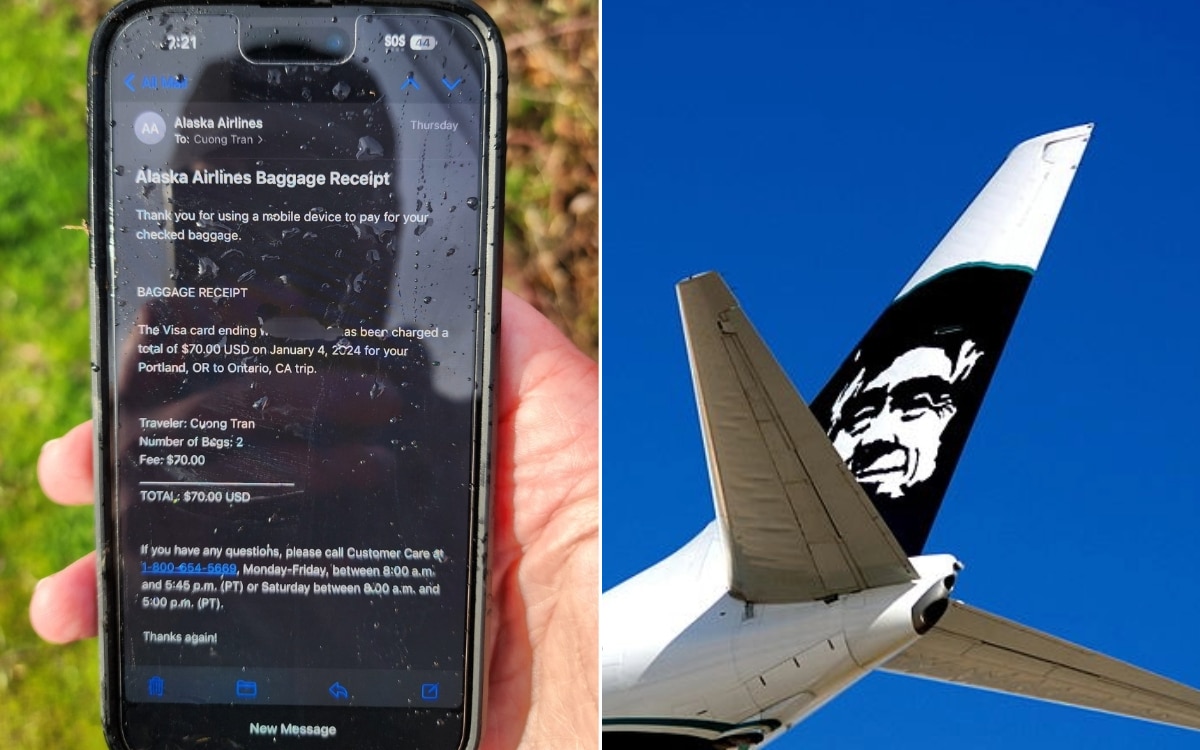The reason the iPhone that fell 16,000ft from Alaska Airlines flight didn’t crack
- An iPhone fell 16,000 feet from an Alaska Airlines flight in an incident where the plane’s door blew out
- Amazingly, the iPhone was found on the side of the road still “perfectly intact”
- It’s left people wondering how a phone can drop from such a height and the screen not break
Published on Jan 15, 2024 at 7:10 PM (UTC+4)
by Adam Gray
Last updated on Jan 16, 2024 at 3:29 PM (UTC+4)
Edited by
Amelia Jean Hershman-Jones
Unless you’ve been living under a rock, you probably heard about the recent Alaska Airlines incident.
It was a scary reminder that small errors can have massive consequences, but the event featured some small miracles.
Firstly, nobody was sitting in the window seat where the door blew out and secondly, there was an iPhone discovered on a road side that, despite falling 16,000 feet, was still “perfectly intact”.
READ MORE! Former Apple employee reveals ‘life-changing’ iPhone hack that few people know
But it begs the question: how can an iPhone fall from that height and its screen not break?
Interestingly, it’s not the first time a phone has reportedly survived a fall from a plane.
Found an iPhone on the side of the road… Still in airplane mode with half a battery and open to a baggage claim for #AlaskaAirlines ASA1282 Survived a 16,000 foot drop perfectly in tact!
— Seanathan Bates (@SeanSafyre) January 7, 2024
When I called it in, Zoe at @NTSB said it was the SECOND phone to be found. No door yet😅 pic.twitter.com/CObMikpuFd
One fell from 1,000 feet in 2018 and another, from 9,300 feet, in 2015.
On these occasions, there was no disaster – the planes were small enough that the phones were accidentally dropped out of them.
According to Collin Wilkinson, the director of the Center for Glass Innovation at Alfred University, the resilience of these phones can partly be attributed to the fact smartphone screens have steadily improved over the years.
But if that’s the case, why do phones still break falling from clumsy hands and kitchen tables?

The main difference between a phone falling from the sky versus from someone’s hand is the speed at which the phone hits the ground, as objects accelerate as they fall.
A fall from higher up means more time to speed up – to a point.
For example, a phone falling from 4 feet would be traveling at around 10 mph when it hits the ground, whereas a phone falling from 16,000 feet would be traveling at about 60 mph.
And then there’s air resistance to take into consideration.
Federal investigators in the U.S. say they are looking at whether four bolts that were supposed to help hold the panel in place might have been missing when the Alaska Airlines plane took off. pic.twitter.com/qsLLghDYc4
— V.O.H (@Knot73211261) January 10, 2024
When air resistance reaches the same magnitude as the Earth’s gravitational force, the object stops accelerating and falls at a constant speed, otherwise known as terminal velocity.
But whether a phone’s screen breaks is determined by the end of the fall – in other words, what it lands on, and the way it lands.
There’s a big difference between a phone landing on a pillow – which compresses beneath the phone – versus landing on concrete – where there’s no give.

Last but not least, glass innovations make a big difference, too.
The vast majority of smartphone manufacturers, including Apple, Samsung, Sony and Google, opt to use a popular Gorilla Glass.
In Apple’s case, the past few generations of the iPhone, starting with the iPhone 12, have used a different technology called Ceramic Shield.
According to Apple, this kind of screen is more durable than previous iPhone screens.

And the iPhone found on the side of the road appeared to be a relatively new model, so the screen will have benefitted from whatever new and improved glass-strengthening techniques Apple was using.
Given the right set of circumstances, the fact that a phone survived a skydive without a case, like the latest iPhone accessory, isn’t so wild.
What’s more amazing, though, is the fact that it was found unlocked, with half its battery, and still in airplane mode.
DISCOVER SBX CARS: The global premium car auction platform powered by Supercar Blondie

Adam Gray is an experienced freelance motoring journalist and content creator based in the United Kingdom. Using his media accreditation with manufacturers’ press offices, Adam test drives the latest cars and attends new vehicle press launches, producing written reviews and news pieces for a variety of lifestyle and business publications. Here at Supercar Blondie, Adam applies his journalistic skills penning social-first content around current news and trends. When he’s not behind the wheel of the latest car or writing up another viral story, Adam can be found at his local rink playing ice hockey or at the Riverside Stadium supporting his beloved Middlesbrough FC.





